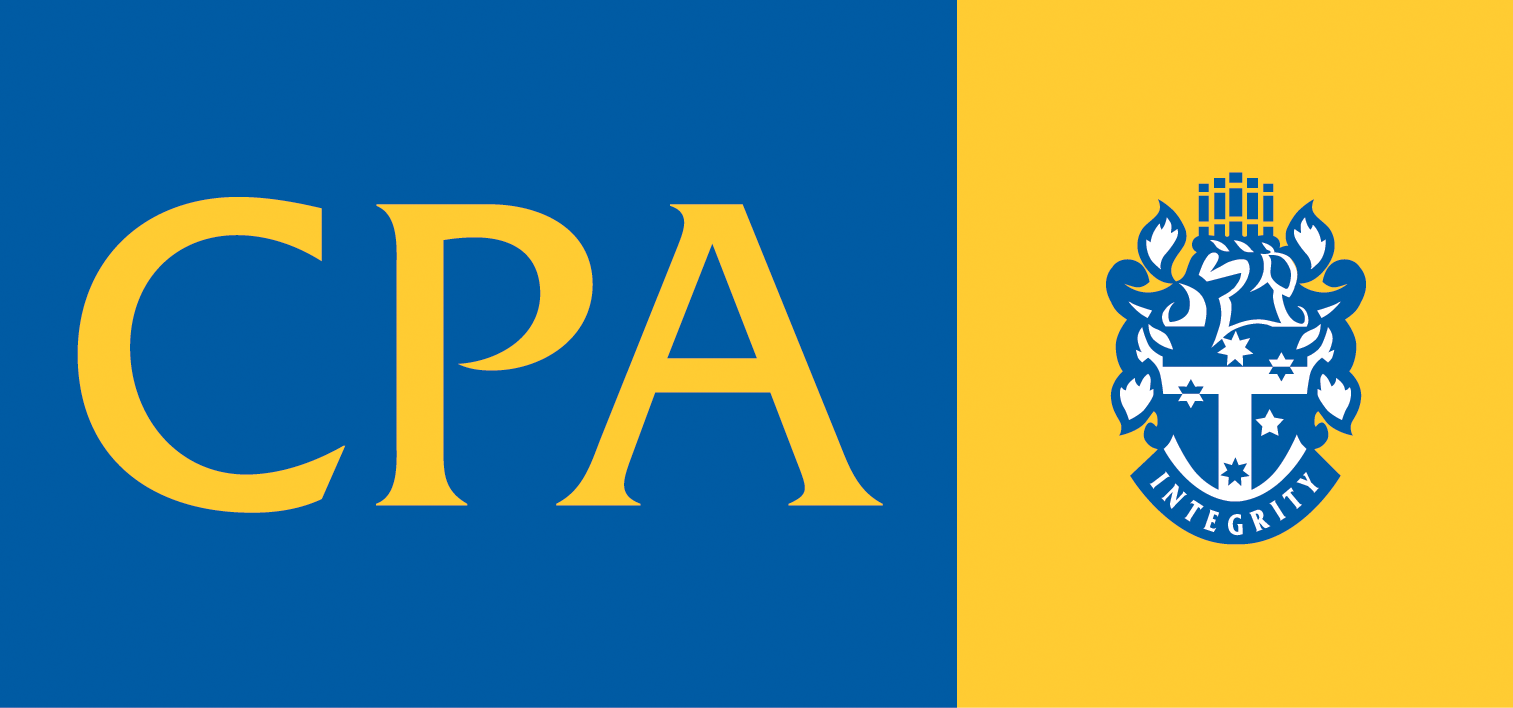SINGLE TOUCH PAYROLL PHASE 2 IS ON IT'S WAY
Single Touch Payroll (STP) phase 2 aims to streamline ATO reporting obligations for the payer and payee and remove the need for manual reporting to other government agencies.
When do the changes occur & and what do you need to do now?
STP Phase 2 reporting will become mandatory from 1 January 2022.
The ATO have said they are working with accounting software providers (such as MYOB, XERO and Reckon) to update their STP-enabled software. Exactly what you need to do will be determined by the product you use.
What's staying the same?
There are a number of things that won't change with Phase 2. These include
- How you submit your STP report
- Due dates for the report - on or before pay date unless you are eligible for reporting concessions
- The types of payments which are in-scope for STP reporting
- Taxation and superannuation obligations
- End of year finalisation requirements
What are the key changes?
Termination reason
You will need to provide the reason for cessation of employment (for example, voluntary, redundancy, illness) of an employee. This will reduce the need for you to provide them with separation certificates.
Employment conditions
With the extra information you will include in your STP report you no longer need to submit Tax File Number (TFN) Declaration. However you will still need to keep TFN Declarations with your employee records.
This extra information includes:
- Employment basis – the work pattern or engagement relationship (for example, fulltime, part-time or casual).
- Tax treatment –for example, where your employee has notified you that they have a Study Training Support Loan. This will help the ATO identify the factors that influenced how you calculated the pay as you go withholding.
Child support garnishee/ deduction amount
You can elect to include Child Support Garnishees and Child Support Deductions in your STP report. This will reduce the need for separate remittance advice reporting to the Child Support Registrar.
Income type and Country Code
The reporting of income types and country codes is being introduced to identify payments you make to your employees with specific tax consequences and to make it easier for them to complete their individual income tax return. It will also help the ATO identify where you are using a concessional reporting arrangement, such as for closely held payees.
Country codes will need to be report the home country of any employee who is either an inbound assignee or working holiday maker, or the host country of any employee who is an Australian resident working overseas.
Desegregation of gross income
Your STP report will separately itemise the components which make up the gross amount of [XXX] by the following payment types:
- bonuses and commissions
- director fees
- paid leave
- salary sacrifice
- overtime
- allowances
- gross (other).
You will need to report all allowances separately, not just expense allowances that may have been deductible on your employee's individual income tax return.
Salary sacrifice
From 1 January 2020, salary sacrifice contributions can no longer be used to reduce ordinary time earnings or count towards your minimum superannuation obligations. You will need to report salary sacrificed amounts in your STP report.
Lump sums
Changes to how lump sum payments will be categorised include both of the following:
- Lump sum E – a financial year indicator has been added, which will eliminate the need for you to provide lump sum E letters in most cases.
- Lump sum W – the return-to-work payment that occurs in extremely limited circumstances and is taxed concessionally (formerly reported in STP under Payee Gross) is now separately itemised under this new label.
Reporting previous Business Management Software IDS and Payroll IDS
You will now be able to provide the ATO with previous Business Management Software IDs and Payroll IDs in your STP reports when there has been a change to one of these. This might occur when you have had a change of business structure or where you have changed software and do not have the ability to zero out or finalise the previous records. This should help reduce and fix issues with duplicate income statements for employees in ATO online.
What do you need to do?
The ATO have said they are working with accounting software providers (such as MYOB, XERO and Reckon) to update their STP-enabled software. Exactly what you need to do will be determined by the product you use - which we will know closer to 1 January 2022.
As and when we have an update, we will let you know.
We are here to help
Contact your Aspen Corporate Advisor or our Senior Bookkeeping Manager, David Scott, today if you have questions or need any assistance.








